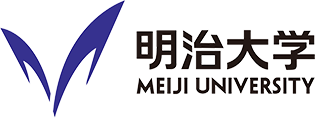[School of Science and Technology] Joint event offers research opportunities to junior high students
Apr. 30, 2025
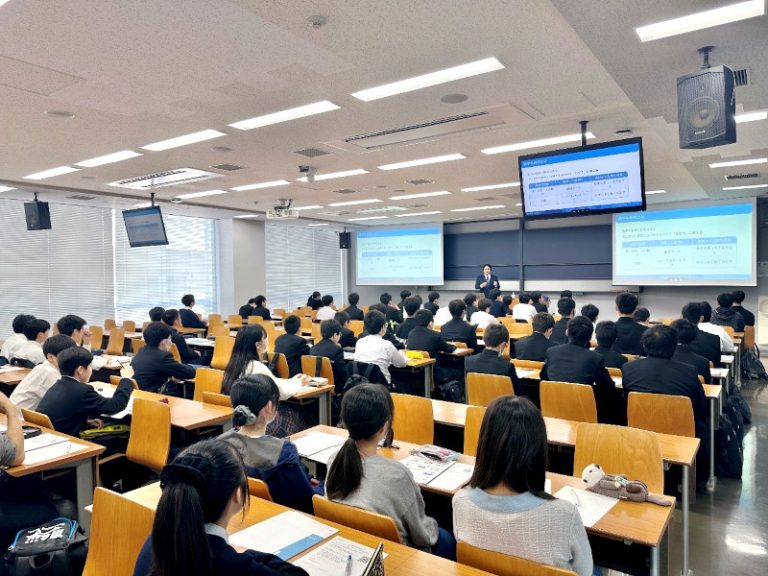
“Approaches to studying and researching mathematics in the age of generative AI” (Department of Mathematics)
On March 25, the School of Science and Technology held a collaborative event at Ikuta Campus with Meiji University’s affiliated junior high schools, offering a learning experience to approximately 200 students.
To inspire an early interest in science and engineering, the event welcomed first- to third-year students from Meiji University Junior High School, Meiji University Nakano Junior High School, and Meiji University Hachioji Junior High School, who wished to participate.
In the morning session, Associate Professor MIYABE Kenshi (Department of Mathematics) gave a lecture titled “Approaches to studying and researching mathematics in the age of generative AI.” MIYABE began by explaining how generative AI is used in his research, emphasizing, “Just because we have AI doesn’t mean we don’t need to study — it just makes learning faster and more fun.”
Next, the lecture featured activities such as asking questions to AI related to Ten Puzzle, a game designed to practice the four basic arithmetic operations, helping participants engage in deeper mathematical learning. The lecturer concluded the session with this advice: “To master generative AI, you need to develop a variety of question patterns. The more things you want to do or know , the more questions you’ll have. Treasure the feeling of finding things interesting.”
The afternoon session featured five experiment classes organized by each department within the School of Science and Technology. Participants conducted experiments using real research laboratory equipment, with guidance and hints from the School of Science and Technology students serving as assistants.
Professor MATSUOKA Taichi (Department of Mechanical Engineering Informatics) offered a class titled “Protecting yourself from earthquake shakes - A scientific analysis of vibration.” Through observing seismic isolators and experiencing simulated earthquakes with a seismic intensity of 7, participants deepened their understanding of the latest research on earthquake resistance, vibration control, and isolation, while also raising their awareness of disaster preparedness.
Professor MATSUOKA Taichi (Department of Mechanical Engineering Informatics) offered a class titled “Protecting yourself from earthquake shakes - A scientific analysis of vibration.” Through observing seismic isolators and experiencing simulated earthquakes with a seismic intensity of 7, participants deepened their understanding of the latest research on earthquake resistance, vibration control, and isolation, while also raising their awareness of disaster preparedness.
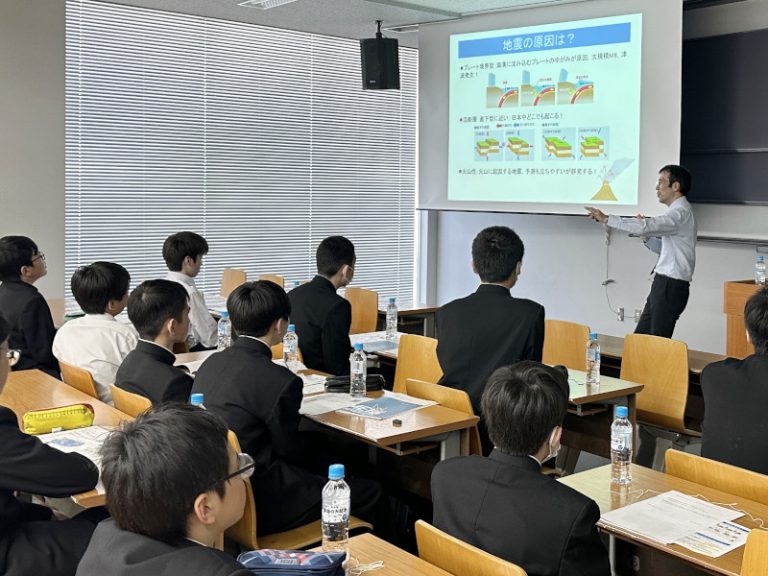
“Protecting yourself from earthquake shakes - A scientific analysis of vibration” (Department of Mechanical Engineering Informatics)
In “Let’s feel the power of air (mechanisms of flight),” a class organized by Professor IWAHORI Yutaka and Associate Professor NAKA Yoshitsugu (Department of Mechanical Engineering), students observed airflow visualized using a wind tunnel, a device that generates wind artificially. By making wing models and physically experiencing the “power” of air on their skin, they learned the concepts of lift and drag.
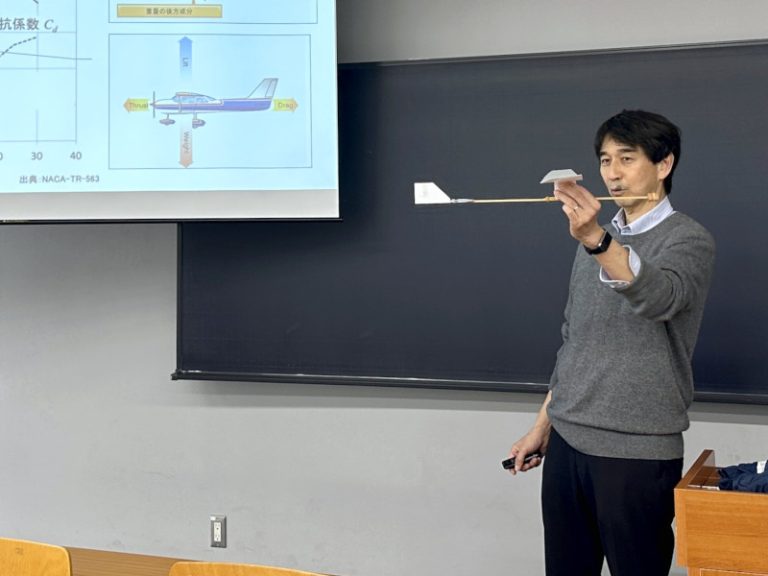
“Let’s feel the power of air (mechanisms of flight)” (Department of Mechanical Engineering)
“Measure your body’s electrical signals! Ability to eat and swallow” was led by Professor ONO Yumie (Department of Electronics and Bioinformatics, Biological Engineering Program). Using a specialized device to measure the electrical signals generated by muscle movement, students worked in groups to present their results and share feedback.
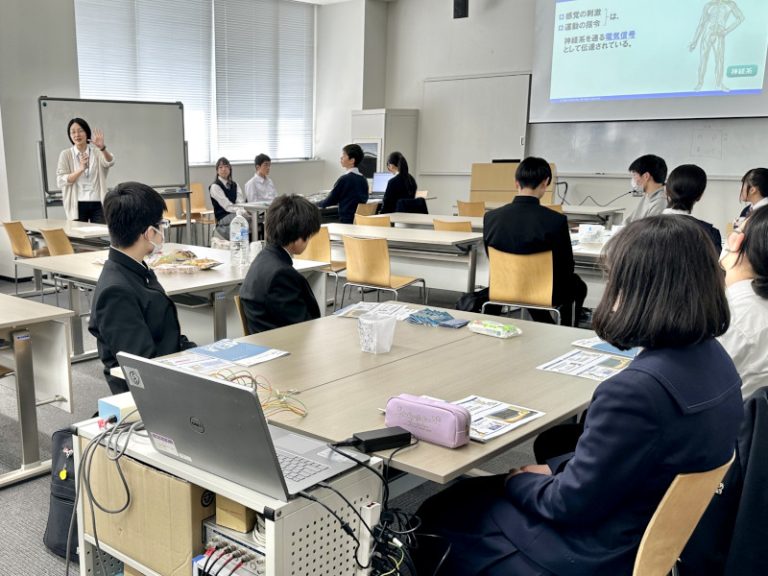
“Color chemistry experiment: Separating and combining colors” (Department of Applied Chemistry)
In “Color chemistry experiment: Separating and combining colors” by Associate Professor HONDA Takayuki (Department of Applied Chemistry), it was explained that colors are often created by doing arithmetic addition. Students then conducted experiments on separating colors and combining them to create new ones.
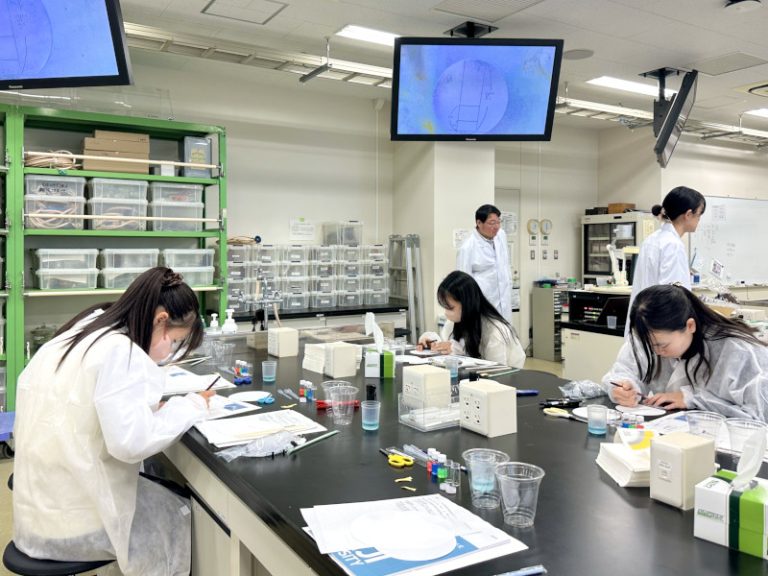
“Color chemistry experiment: Separating and combining colors” (Department of Applied Chemistry)
In “Learning How the Internet Works by Building It,” designed by Associate Professor MIYAMOTO Ryusuke (Department of Computer Science), students explored how information is distributed over the Internet — a system familiar in everyday life — by building and operating a simple web server.
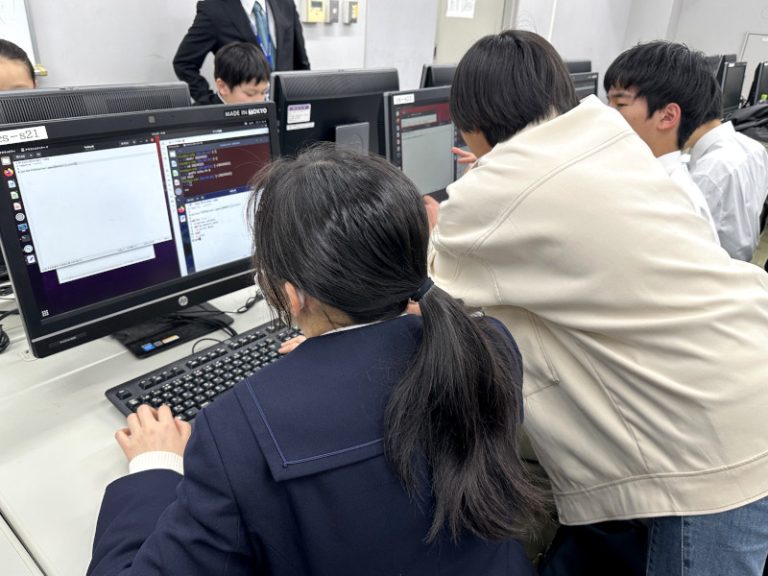
“Learning How the Internet Works by Building It” (Department of Computer Science)
Students who participated in the event shared their thoughts: “The activities made me realize that science and engineering research is connected to things in our everyday life,” “[When I couldn’t take accurate measurements] I was encouraged by a university student who said, ‘Research involves failure,’” and “It was interesting to learn new ways of tackling math I usually study and how it can be applied in daily life.” It became a meaningful event that reflected the distinctive nature of working with affiliated schools.
Related link
